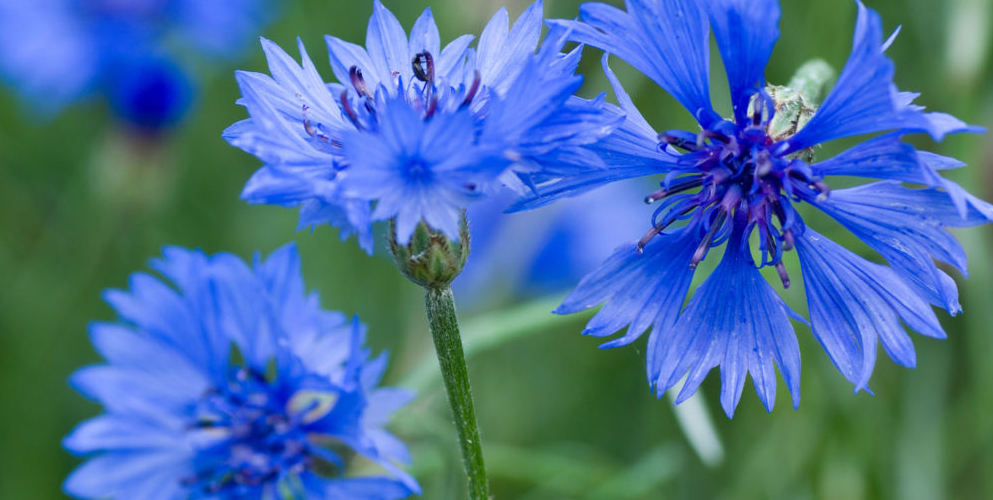When we think of the diverse and enchanting beauty of Cote d’Ivoire, Cote d’Ivoire National Flower, the baobab flower immediately comes to mind. As the country’s national flower, the baobab flower holds deep cultural significance and possesses unique qualities that make it stand out in the floral world. In this article, we will delve into the fascinating world of Cote d’Ivoire’s national flower, exploring its characteristics, cultural importance, and ecological impact.
The Baobab Tree – A Brief Overview
Before we delve into the baobab flower, let’s take a moment to understand the tree from which it blossoms – the baobab tree. Also known as the “Tree of Life,” the baobab tree is an iconic symbol of Africa. These massive trees can live for thousands of years and have provided sustenance and shelter for generations.
Discovering the Baobab Flower
The baobab flower is a sight to behold, with its magnificent size and striking appearance. The flower blooms for a brief period during the dry season, adorning the baobab trees with splashes of color amidst the arid landscape. Its large white petals and a subtle fragrance make it a beloved and revered national symbol.
Cultural Significance of Cote d’Ivoire National Flower
In Cote d’Ivoire’s rich cultural heritage, the baobab flower plays a vital role. It is often associated with resilience, strength, and endurance – qualities embodied by the baobab tree itself. The flower’s brief blooming period is seen as a reminder of the fleeting nature of life and the importance of cherishing each moment.
Ecological Importance of Cote d’Ivoire National Flower
The baobab flower is not only aesthetically pleasing but also ecologically significant. It serves as a crucial source of nectar for various pollinators, including bees, butterflies, and birds. Additionally, the flower’s subsequent fruit, known as “monkey breadfruit,” is a valuable food source for wildlife and local communities.
Traditional and Medicinal Uses
Beyond its ecological significance, the baobab flower has been utilized for various traditional and medicinal purposes. Local communities have used parts of the flower in herbal remedies to treat various ailments and boost overall well-being.
Conservation Efforts for Cote d’Ivoire National Flower
With the growing awareness of the baobab tree’s ecological importance and cultural significance, conservation efforts have been initiated to protect these majestic giants and their blossoms. Organizations and communities are working together to safeguard the baobab flower’s future for generations to come.
Frequently Asked Questions
Q1: Is the baobab tree endangered?
No, the baobab tree is not considered endangered. However, some species of baobab are facing threats due to habitat loss and climate change.
Q2: Can you grow baobab trees outside of Africa?
Yes, it is possible to grow baobab trees in regions with a similar climate to their native habitat, but they require specific conditions to thrive.
Q3: Are there any other uses for the baobab flower?
Apart from traditional and medicinal uses, the baobab flower has inspired various art forms and cultural expressions in Cote d’Ivoire.
Q4: How do baobab trees survive in arid conditions?
The baobab tree has adapted to survive in dry conditions by storing water in its trunk during the rainy season and using it gradually during droughts.
Q5: Can the baobab flower be cultivated in home gardens?
Cultivating the baobab flower in home gardens is possible, but it requires specific care and attention to replicate its natural habitat.
Conclusion
The baobab flower, representing the resilience and beauty of Cote d’Ivoire, is more than just a national symbol. It is an essential part of the country’s cultural heritage and a key player in its ecological landscape. As we marvel at the baobab flower’s elegance, let us also remember the importance of preserving and cherishing this remarkable natural wonder for generations to come.
References:
- “Baobab Flower – Adansonia Digitata.” Plantz Africa. South African National Biodiversity Institute. https://pza.sanbi.org/adansonia-digitata
- “Baobab Tree.” World Atlas. https://www.worldatlas.com/articles/baobab-tree-adansonia-facts-and-information.html
- Geetha, N., and N. Manikandan. “Traditional and Medicinal Uses of Adansonia Digitata.” International Journal of Research in Pharmacy and Chemistry, vol. 2, no. 2, 2012, pp. 340-344.
- Owusu-Apenten, Richard K. “Baobab Flower – A Potential Functional Food Ingredient.” Food Science & Nutrition, vol. 4, no. 6, 2016, pp. 792-801.


